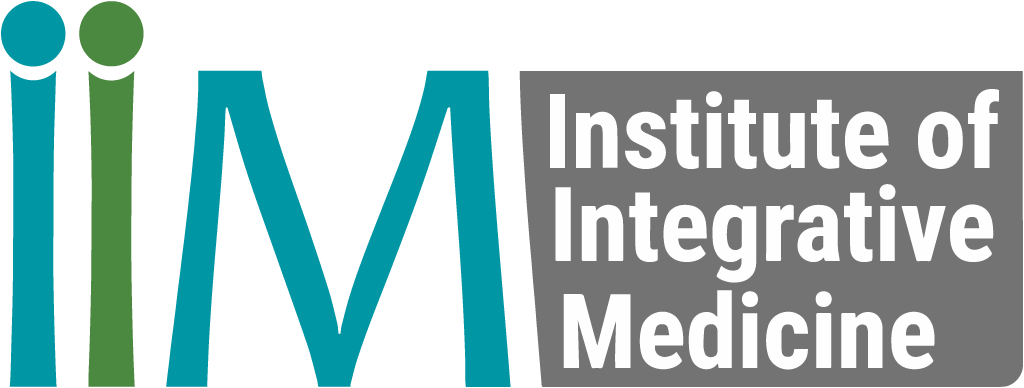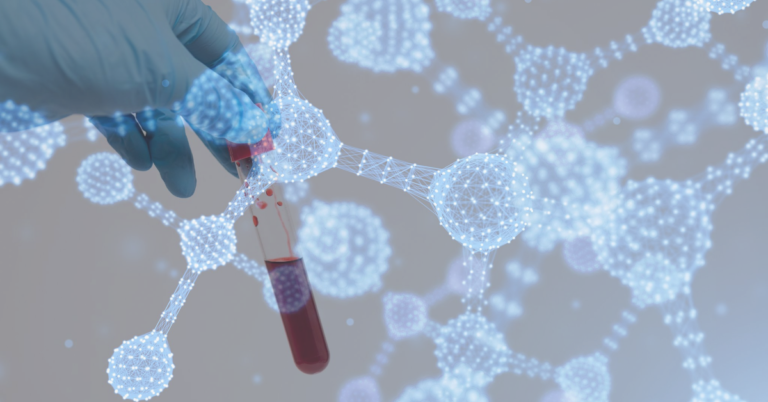The Impact of Exercise on Epigenetics
Lack of exercise and a sedentary lifestyle are leading risk factors that increase health morbidities and mortality. Integrative Medicine strategies aim to mitigate these effects by managing factors that influence epigenetic changes and gene expression.

Chronic disease can result from a number of things. One of these being poor lifestyle habits. Maintaining a good, balanced lifestyle can improve patient health, and plays a role in the prevention and treatment of chronic disease symptoms. Studies have suggested that exercise is a major factor influencing epigenetic changes. In recent years, the epigenome has been in the spotlight, as epigenetic changes have been linked to diet, chemical exposure and exercise. Exercise has been found to aid in the prevention of deleterious epigenetic changes.
Epigenetics refers to the changes in the expression of genes, without actually altering the DNA sequence. Chemical tags that bind to DNA are what cause epigenetic changes, and can affect an individual’s health, or risk of developing disease.
How does exercise affect epigenetic modifications?
Exercise, in this case, refers to planned, structured regimes of physical activity. The adherence to an exercise regime aims to improve the individual’s health through consistency and commitment. Some of these health improvements include efficient biological functioning, alleviation of symptoms of disease and delaying health decline.
Each person is unique in terms of their health needs, and thus indicates that their exercise requirements would also differ. Factors to consider when tailoring an exercise program would be the type of exercise, intensity, duration, frequency, progression, and period of rest. A study revealed that certain exercise regimes can improve the epigenetic induced symptoms related to chronic disease.
Insulin resistance
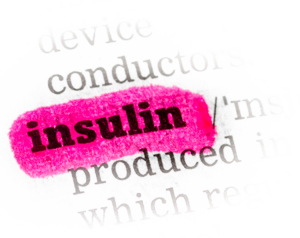
Insulin resistance is the inability of cells to respond to insulin action. It causes the onset of type 2 diabetes which is characterised by hyperglycaemia. This is a result of improper Beta cell function, and indicates that the pancreas is:
a) not using insulin correctly and/or
b) not producing enough insulin.
The physiological and metabolic adjustment following physical activity occurs in skeletal muscle, which is related to the reconstruction of the DNA methylation profile within this tissue. These genes are involved in the glucose and lipid metabolism in the body, and can be affected by actions induced by exercise.
Obesity
Obesity refers to excess body fat. This excess tissue leads to a number of health issues, and chronic disease related symptoms. Comorbidities of obesity include insulin resistance, and is why it is often associated with Type 2 diabetes.
Results from clinical studies have suggested that diseased patients who participated in a 16 week resistance training programme, saw measurable benefits. Some of these benefits include transcriptional gene regulation, increased lipid and glucose metabolism, and blood vessel development.
Cardiovascular disease
Depending on the type of exercise, intensity and duration, regular physical activity can aid in a number of disease prevention and treatment methods.
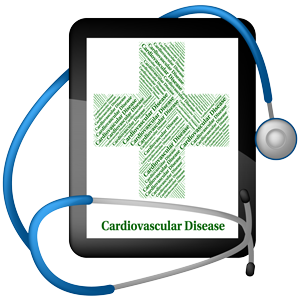
A group of patients with chronic heart failure performed a training programme for 12 weeks. Blood samples were taken before and after training in order to measure HDL-c (High Density Lipoprotein-cholesterol) levels. The results indicated decreased expression of miR-126, miR-21 (pro-angiogenic miRNAs) after exercise in this group of patients when compared to healthy control subjects, indicating a decreased risk of atherogenesis and endothelial dysfunction.
Summary
Lack of exercise and poor lifestyle choices are leading risk factors for the increase in health morbidities and mortality, and can influence the development of metabolic alterations that include insulin resistance, type-2 Diabetes, inflammation, cardiovascular risk, obesity, cancer, and dyslipidaemias. Integrative Medicine health strategies aim to mitigate these genetic alterations, and help to maintain and prevent the onset of disease symptoms by managing factors that influence epigenetic changes and gene expression.
How do I Become a Functional Medicine Practitioner to learn more about Exercise and Epigenetics?
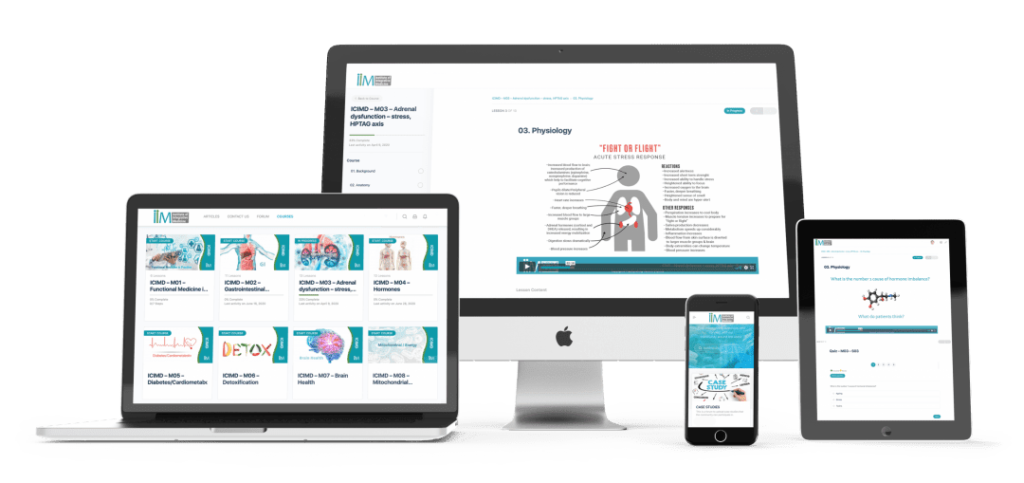
The Institute of Integrative Medicine is a global leader in the field of Preventive and Integrative Medicine Education. We offer certified online courses helping you to take charge of your practice and improve the quality of life for your patients. Integrative medicine and epigenetics have the potential to transform healthcare. Find out more about the courses we offer today!
More posts in this category:
-
Lyme Disease: “The Great Imitator”
Lyme disease, a bacterial infection transmitted by ticks, is often called “the great imitator” due to its wide range of symptoms that mimic other common illnesses. This makes diagnosis challenging, especially in the early stages where symptoms like fatigue, fever, and muscle aches can be mistaken for the flu or other minor conditions. Accurate and timely diagnosis is crucial for effective treatment and preventing long-term health issues.
-
An Integrative Approach to Amino Acids
Amino acids are integral in several bodily functions. They are the building blocks of proteins that aid in multiple functions on a cellular level. We cannot forget about crucial amino acids, as they aid in immune function, muscle growth and recovery, and can be utilised in treating deficient hospitalised patients. Amino acid testing and supplementation can improve lifestyle and wellbeing.
-
How Amino Acids can improve your Exercise Regime
Branched-chain amino acids are extremely valuable for exercise, muscle preservation and growth. Not only can they reduce muscle loss and damage, they can also help grow and repair muscle. Consuming BCAAs can improve strength, endurance and reduce fatigue during exercise.
